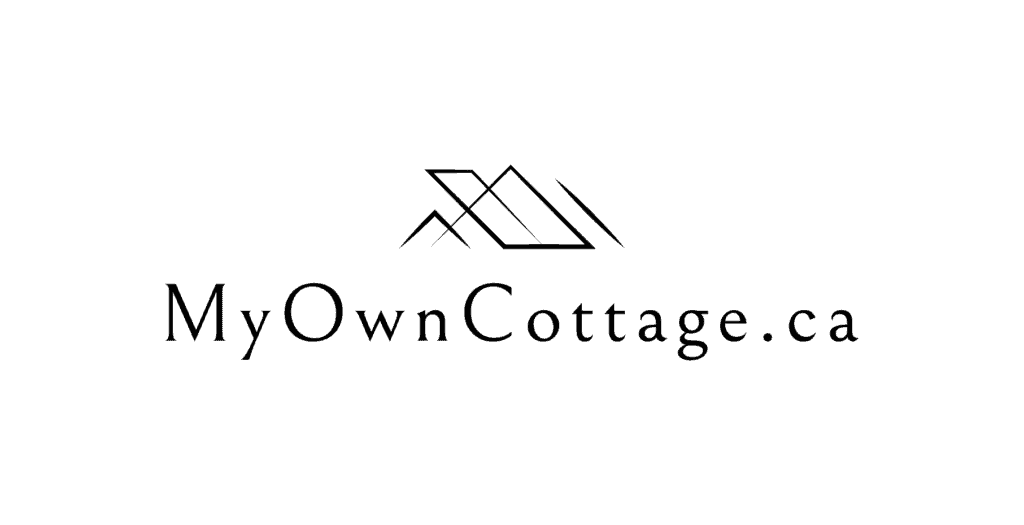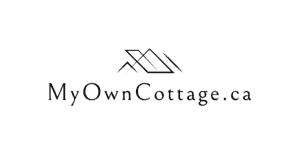Prefab Home Financing and Insurance in Canada
Explore prefab home financing and insurance in Canada.
Learn how to secure the best rates and protect your investment with the right policies.
Home » Prefab Home Financing and Insurance in Canada
Financing and Insurance Options
Prefab homes, also known as modular homes, are becoming an increasingly popular choice for homebuyers in Canada.
With their modern designs, energy-efficient features, and quicker construction timelines, prefab homes offer a new way to build your dream home.
In fact, the increasing demand for prefab homes in Canada is directly tied to their affordability.
In a competitive market, prefab homes stand out for their cost efficiency, as well as the ability to customize their design.
Your Complete Guide to Financing Prefabricated Homes
However, understanding how to finance and insure a prefab home is crucial to ensure a smooth and cost-effective process.
This comprehensive guide will cover financing options, insurance policies, and everything you need to know to get started on your prefab home journey.
What Exactly Are Prefab Homes?
Canadian prefab homes are houses that are built using prefabricated components (walls, floors, roofs, etc.) manufactured in a factory.
These components are then transported to the building site for assembly.
In contrast to traditional homes, which are built entirely on-site, prefab homes are constructed in a controlled environment.
Moreover, the prefabrication process ensures better quality control and less waste.
Innovative Solutions for Your Dream Home
Modular homes, a type of prefab home, are particularly popular for their customization options.
Further, these modular homes boast the ability to meet local building codes with relative ease.
Naturally, this is making them a great choice for families looking for sustainable living spaces.
Financing Your Prefab Home in Canada
To start with, prefab home regulations in Canada highlight how financing can be influenced by local factors.
However, when it comes to financing prefab homes in Canada, there are also several options available.
No matter whether you are looking to purchase a prefab home package or build a custom design from the ground up.
Understanding your financing options is always key.
1. Prefab Home Loans
Many Canadian financial institutions offer loans specifically designed for prefab homes.
These loans are similar to traditional home loans but have a few differences to account for the unique nature of prefab construction.
Lenders may look at the quality of the prefab house, the manufacturing process, and the reputation of the company providing the prefab housing package.
Prefab home loans often have terms similar to mortgages for traditional houses, with competitive interest rates.
2. Prefab Home Mortgages
For those looking to secure a mortgage for a prefab house, the process is typically the same as applying for a mortgage for a traditional home.
However, lenders will assess the prefab construction’s value, including factors like the modular design, square footage, and energy-efficient features.
If you choose to build a custom home, you may be required to provide additional details on the floor plan, construction process, and materials.
In Canada, it’s important to work with lenders who are familiar with the unique features of prefab homes.
This includes their energy efficiency and lower construction costs.
Many financial institutions offer mortgages with special terms for modular homes, making it easier for homebuyers to secure the financing they need.
3. Prefab Home Package Financing
Prefab homes often come as a package that includes everything you need for construction: walls, floors, roofing, and more.
Financing a prefab home package can be an excellent option for buyers looking for a streamlined, cost-effective solution.
Many banks and mortgage lenders offer loans specifically for prefab home packages.
In fact, these lenders may include highly flexible payment plans and competitive interest rates.
4. Loans for Modular Construction Projects
Prefab homes, especially modular homes, are often faster and more affordable to build compared to traditional site-built homes.
Financing modular construction projects can be easier than financing traditional homes because the building process is more predictable.
Furthermore, it can be completed on a specific timeline.
Whether you’re building in remote locations or urban centers like British Columbia or Nova Scotia.
Understanding how to finance modular housing is crucial.
Insurance for Your Prefab Home
While financing is an important part of building a prefab home, ensuring that your home is properly insured is just as vital.
Prefab home insurance differs from traditional home insurance in several ways, primarily due to the unique nature of prefab construction.
1. Traditional Home Insurance vs. Prefab Home Insurance
Traditional home insurance policies are typically not designed to cover the specific needs of prefab homes.
As prefab homes use different construction methods and materials, they require tailored insurance policies to protect both the structure and its contents.
Insurance for prefab homes also takes into account the controlled manufacturing process.
Moreover, this assessment tends to include the heightened quality control, and any customization options that make your prefab home unique.
2. Types of Insurance for Prefab Homes
When insuring your prefab home, it’s important to choose a policy that covers several key areas:
- Property Insurance: Protects against damage to the structure, including any damage that may occur during transportation or assembly.
- Liability Insurance: Covers accidents or injuries that occur on your property.
- Personal Property Insurance: Ensures that your belongings are protected in case of theft, fire, or other covered events.
Depending on the region and local building codes in places like Alberta, Saskatchewan, or New Brunswick, insurance coverage may vary.
For example, homes built to Passive House standards or other energy-efficient certifications may qualify for special discounts.
Potentially, this may include discounts on insurance premiums due to their eco-friendly features.
3. Prefab Homes in Remote Locations
One unique challenge for prefab homeowners is insuring homes in remote locations.
If you’re building in a secluded area, such as northern British Columbia or rural Nova Scotia, insurance providers may need additional details about the site.
For reference, this may include how accessible it is for emergency services and whether the construction meets local building codes.
4. Customization and Coverage
Customization options—such as unique floor plans, modern designs, or specific living space needs—can affect your prefab home insurance policy.
Ensure that your policy covers any custom features, including additional square footage or design modifications.
Finding The Right Financing and Insurance
1. Factors to Consider When Financing Your Prefab Home
When selecting financing for your prefab home, consider the following factors:
- Home Size and Design: Larger homes or custom designs will likely require larger loans, so it’s important to know your home’s square footage and the type of home you’re building.
- Energy Efficiency and Sustainability: Many prefab homes are energy-efficient, which can lower long-term utility costs and make financing options more appealing.
- Building Site Location: If your prefab home is located in a remote location, it may impact both financing and insurance options.
2. Choosing the Right Insurance for Your Prefab Home
Choosing the right insurance policy is equally important as securing financing.
Consider the following when selecting an insurance provider:
- Customization Needs: Make sure your policy covers any custom home designs, especially if you’re building a one-of-a-kind prefab home.
- Home Features: If your home includes energy-efficient or sustainable features (e.g., a Passive House), ensure the policy reflects those unique aspects.
- Quality Control: Choose an insurer that understands the quality control aspects of prefab homes and offers comprehensive coverage.
The Benefits of Prefab Homes
Prefab homes in Canada offer several benefits over traditional houses.
These homes are energy-efficient, cost-effective, and customizable to meet a variety of needs.
Whether you are building a family home, a second home, or a vacation retreat.
Prefab homes offer flexible options that suit different living spaces and budgets.
Eco-Friendly Solutions for Your Dream Home
Prefab homes are also eco-friendly.
In fact, many prefabs make use of sustainable materials and manufacturing processes that minimize waste.
This makes them a great choice for homebuyers who prioritize environmental responsibility.
Financing and Insuring Your Perfect Prefab Home
When it comes to financing and insuring your Canadian prefab home, it’s important to choose options that align with the unique needs of prefab construction.
With the right financing plan and insurance policy, you can enjoy peace of mind while building your dream home.
Starting Your Journey!
If you’re ready to start your prefab home journey, be sure to explore different financing and insurance options to find the best fit for your specific needs.
Contact a trusted lender or insurance provider to begin the process and make your new home a reality.
If you’d like a free consultation with us to get further assistance, please fill out the form below and we’ll get back to you soon!

